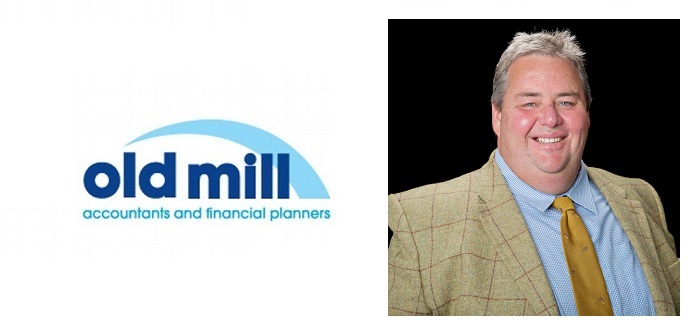Farmers looking to take advantage of five-year income tax averaging need to act on the matter before the end of March says rural accountant, Mike Butler.
Pointing out that five-year averaging, introduced for the current year, is designed to enable farmers to iron out the peaks and troughs caused by market volatility, Mr Butler (pictured above) said that while cash is very tight on many farms right now, those who go back five years will probably find they have paid lot of tax paid in that period.
“The critical point for all farmers who operate as sole traders and partnerships is that 2016/17 is the first year in which they can use this tool to potentially secure a tax refund,” he said. “In essence, if you anticipate making very little profit or a loss this year, you can spread that back to offset against profits in previous years. In that context, the larger the financial downturn the greater the benefit of averaging.”
Mr Butler, who is chairman of south-west accountants, Old Mill, also said that for farmers who have previously enjoyed particularly large profits, especially those taxed at the higher rate, it may be worth looking at the timing of expenditure and sales in the current tax year to further reduce taxable profits or maximise losses.
“While it’s never worth making business decisions simply to reduce tax, if you are planning investment in the farm you might as well do it in the most timely and tax-efficient manner,” he said.




